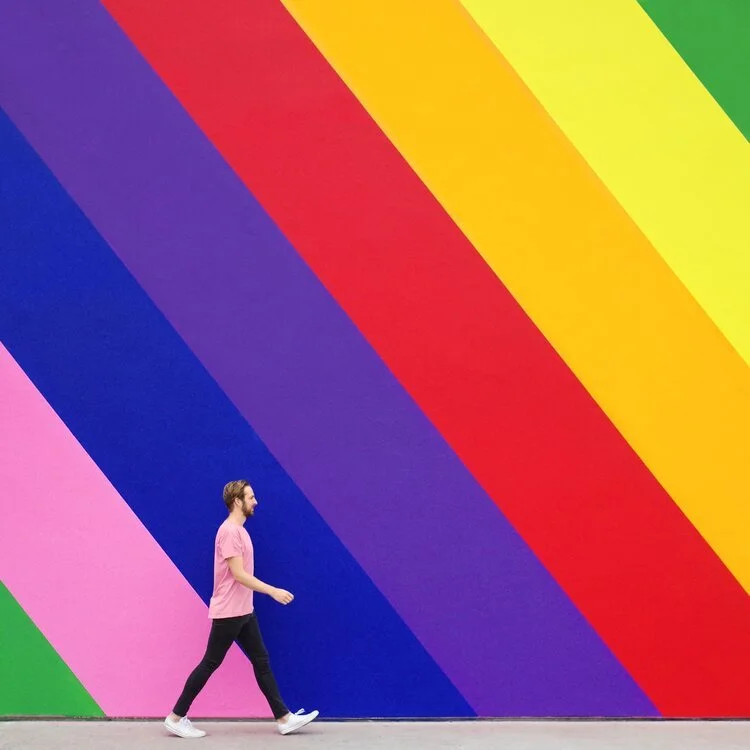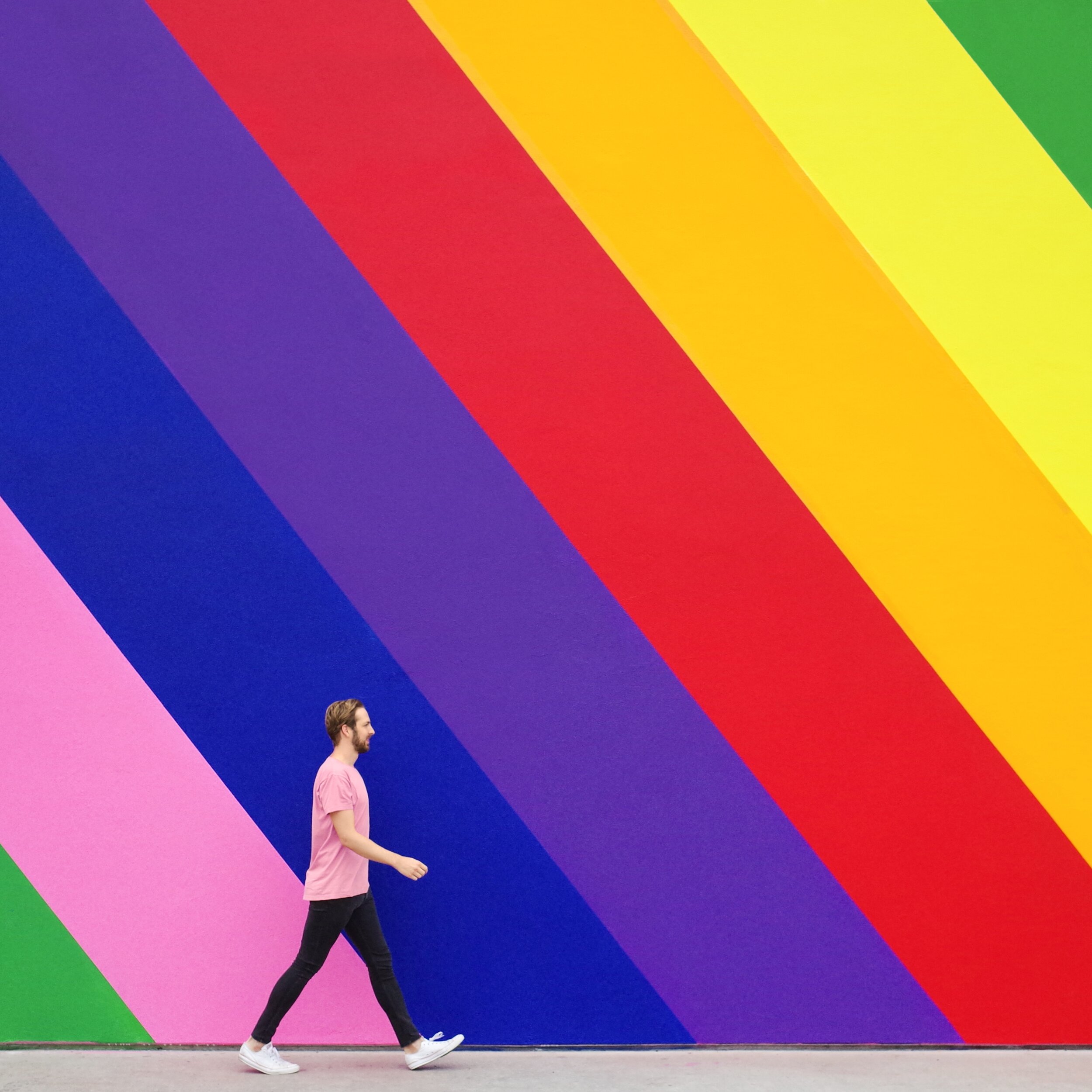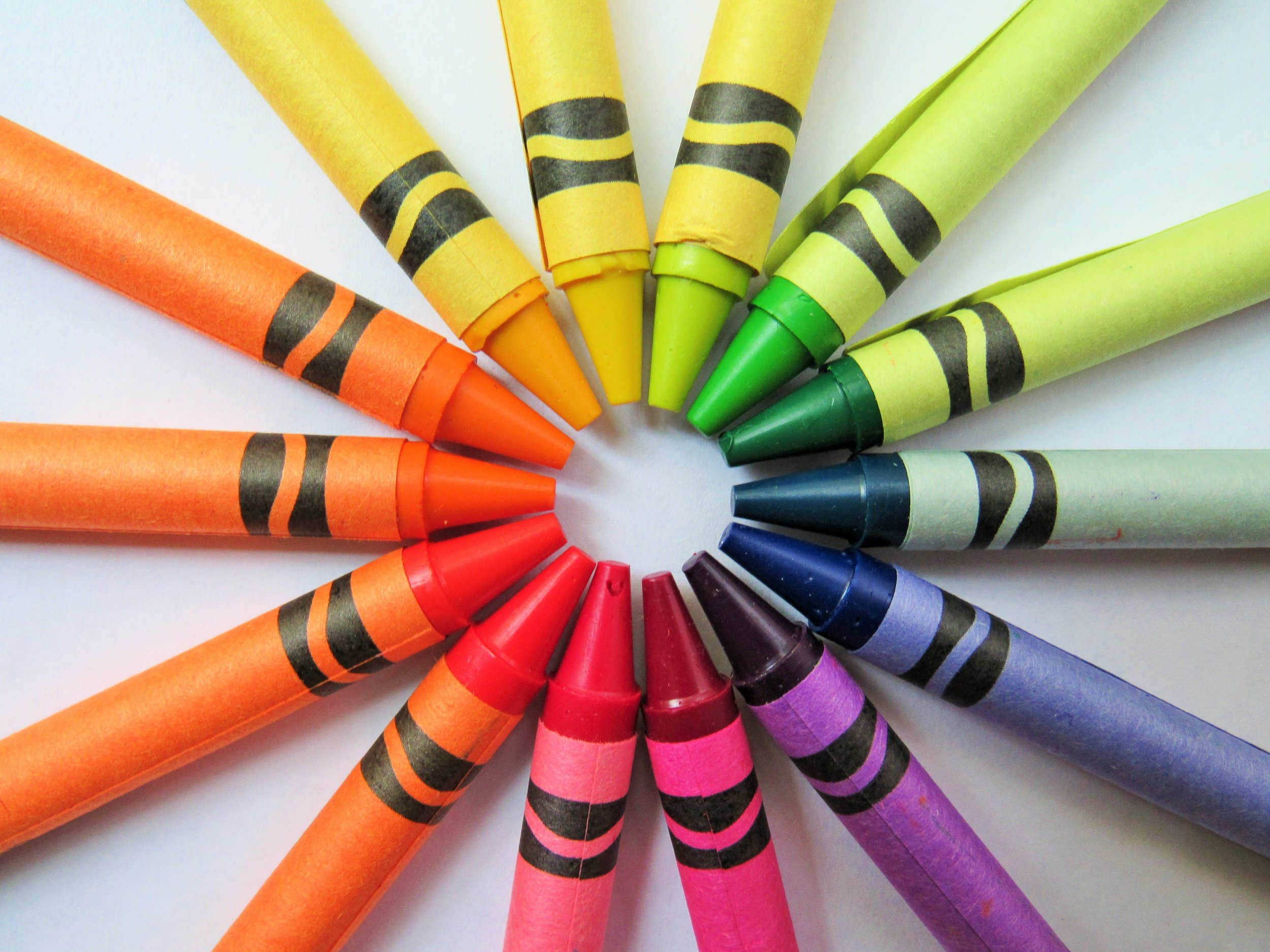Picking the right color palette is important — whether you’re looking to refresh your logo or just design a social media graphic, selecting the right hues can have a huge impact on the effectiveness of your graphic. Certain colors evoke feelings of action, while others are often identified with calm and serenity.
In a past post, we covered what color theory is and why it’s important to consider it during the design process. Today, we’re putting the rules of color theory into practice with a handful of sample color schemes.
These 8 color schemes are suitable for a wide range of businesses and can serve as a frame of reference for what colors connect with what customers. Copy these colors directly or use them as a jumping off point for designing your own scheme!
For interior design businesses
Light, neutral colors provide a versatile canvas for any room you want to showcase.
For businesses who deal with women’s health
Make your female clientele feel cared for with soothing hues of purple. A dusty mauve grounds this scheme, keeping it from feeling too girly.
For businesses who want to give off a corporate feel
If you’re in a corporate or service business, you can never go wrong with basic blues. A pop of orange adds contrast and elevates this scheme to feel more modern.
For businesses whose clients are tweens
When appealing to a younger clientele, keep things fun and vibrant with lilac, an aqua blue, and a pear green.
For businesses who deal with art
If you deal with an elevated clientele, these unexpected shades are neutral yet a bit adventurous. Earthy and understated.
For businesses who deal with tech
If you’re looking for something bold and clean, yellow and a deep grey speaks to an action oriented and bold brand.
For businesses whose clients are young kids
If you work with young kids, keep it fun and bright with azure blue, a grassy green and a vivid red.
For businesses whose clients go outside
If you sell outdoor equipment or experiences, branch out from earthy browns and greens and dig into some more unexpected colors. Burgundy, a muted Prussian blue, and a papaya orange are an unexpected but organic combination.
Hue & Tone Creative: Your branding partner
Looking to develop just the right color scheme for your brand? Don’t leave the process of selecting the perfect colors up to chance. Bring in our expert team and we’ll ensure you create a brand that connects with your customers. From naming your business to creating a polished website, Hue & Tone is here to help. Book an initial consultation now to get started.































